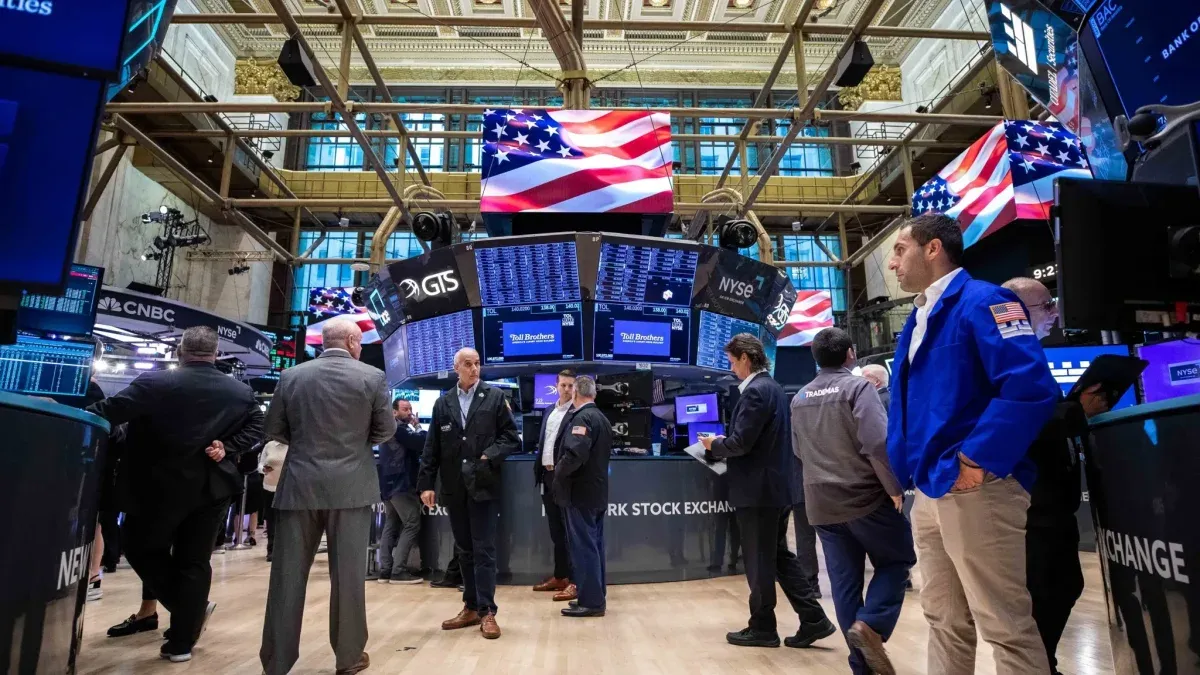The September consumer price index rose more than expected last month, increasing 0.2% month-over-month and bringing the annual inflation rate to 2.4% compared to a year ago. This exceeded the monthly increase of 0.1% and the year-on-year rate of 2.3% expected by analysts surveyed by Dow Jones. The year-on-year number is the lowest since February 2021.
The results will influence the Federal Reserve’s next policy steps as it prepares for its first meeting after September’s significant cut. The findings also come at a time when concerns are growing that the central bank could slow the speed of future cuts. Fed funds futures trading data suggests an 87% chance of a quarter-point cut, according to CME Group’s FedWatch tool.
What the market analyzes
Today’s CPI figure may not have been as important as last week’s surprising unemployment data, but given the current uncertainty about the Federal Reserve’s future rate cut trend, it has taken on greater importance. The core CPI stood at 0.3%. This figure exceeded the “consensus” expectations of 0.2%, although a survey of large stock market companies placed the “whispered” figure closer to 0.3%. The headline CPI stood at 0.2%, while the consensus figure was only 0.1%, notes John Kerschnerportfolio manager at Janus Henderson.
On a year-on-year basis, the core CPI now stands at 3.3%, slightly up from last month, with the 6 million figure at 2.5% and the somewhat volatile 3 million figure at a worrying 3. .0%. Thus, while the long-term trend in core CPI inflation remains unequivocally downward, the short term trend (3 months) is actually a little higher.
The rise in the core CPI this month was due to the foreseeable increases in airfares and insurancebut, to the great relief of the market, housing costs (rent equivalent to that of the owner) only rose by 0.3%, one of the lowest values in the last three years. Housing costs have been one of the main drivers of headline inflation, which has remained above the 2% target set by the Federal Reserve, he adds Kerschner.
Inflation in the United States
Today’s CPI figure may not have been as important as last week’s surprising unemployment data.
Crypto Alert
To further complicate matters, 258,000 initial applications for Unemployment benefit, higher than expected, indicating a weaker labor market.
What did the bond market make of all this? The analyst asks, higher-than-expected inflation usually translates into higher rates. Lower housing cost growth and a weaker job market typically mean lower rates. Furthermore, the market was still digesting the recent 40 basis point hike in the UST 2-year note.
Put all that data in a bowl and mix it up, and you have a UST market of 2s to 10s only slightly up. This is a sure sign of market confusion or lack of conviction. Now the market will wait for a flurry of speakers from the Federal Reserve later today and tomorrow (Cook, Barkin, Williams, Logan, Bowman) and the IPP tomorrow to try to figure out what’s going on with this surprisingly strong and somewhat torn economy ( FOMC) Federal Reserve Open Market Committee.
Source: Ambito
I am a 24-year-old writer and journalist who has been working in the news industry for the past two years. I write primarily about market news, so if you’re looking for insights into what’s going on in the stock market or economic indicators, you’ve come to the right place. I also dabble in writing articles on lifestyle trends and pop culture news.




